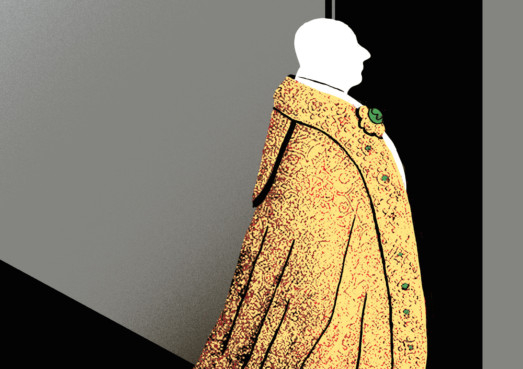
Blood & Beauty: The Borgias
By Sarah Dunant,
Random House, 528 pages, $27
For centuries, the seat of the pope in Rome has been occupied by colourful personalities who wielded supremacy over monarchies and subjects of Christendom in the medieval world. As the “rock of the church”, the popes had the influence to decide which royal could be fit to be the divine king with their blessings. Royal families, mostly from Milan, Venice and Naples in connivance with the other houses of royalty from Europe went to great lengths to put their man on the throne of St Peter.
As absolute power corrupts absolutely, the Vatican too could not escape the obloquy associated with wealth, lust and greed. Gold changed hands, arms were twisted and assassins hired in the days when the cardinals held their conclaves to elect a new pope.
At one time, there were three popes; then there were kings who also declared themselves as popes. And there were popes who were married, and if not, lived in mortal sin. One such intriguing pope was Pope Alexander VI. He was not only the pope, but head of the Papal States.
Born as Rodrigo Borgia, Pope Alexander VI is a subject of fascination for historians and critics of the church alike. Not only did he have children, but he openly acknowledged it. After leaving his first mistress with whom he had four children, he took up a much younger lover who raised his offsprings from his first mistress.
From August 11, 1492, when Borgia was elevated from the position of Papal Vice-Chancellor and Spanish Cardinal of Valencia into the Papal throne that was left empty by the death of Innocent VIII, he led a colourful life — full of political intrigue, diplomacy and deceit. It is this epoch of the papacy that is the subject matter of Sarah Dunant’s new book “Blood & Beauty”.
In a narrative relying on many historical sources, Dunant visually transposes the reader to the 15th-century household of the Borgias. She gives a vivid insight on how the Spaniard outfoxed the strong Italian lobby and beat his strong rival Giuliano della Rovere to the papacy with silver and gold.
She portrays him as a doting father who had to strike a delicate balance to uphold the dignity of the church as well as of his family. She shows that he is human too and feels emotions of joy, pain, grief and pleasure.
He had to form alliances and marital bonds and deceive and induce to remain at the top — so much so that he had to marry off his daughter Lucrecia three times. Each time he gave huge dowries to the grooms who came from influential families. Fearing for his papacy, he used his political acumen to outwit the French king Charles VIII, who wanted safe passage for his crusading troops through the Papal States. Not only does he save his seat but he also sees the back of the French troops and deals a bloody blow to his Italian rivals.
Dunant slices down the character of Borgia and his notoriety from an angle much different than the one used by his detractors who have labelled him as self-seeking and debauched. As the events unfold in the book, it emerges that Borgia was not an imposter, unlike some of the other church leaders during his time who were pious and virtuous from the outside but were actually corrupt to the core and held Borgia to ransom.
“Blood & Beauty” is intriguing, to say the least, and it surely will captivate those who like thrillers such as “The Godfather”.


